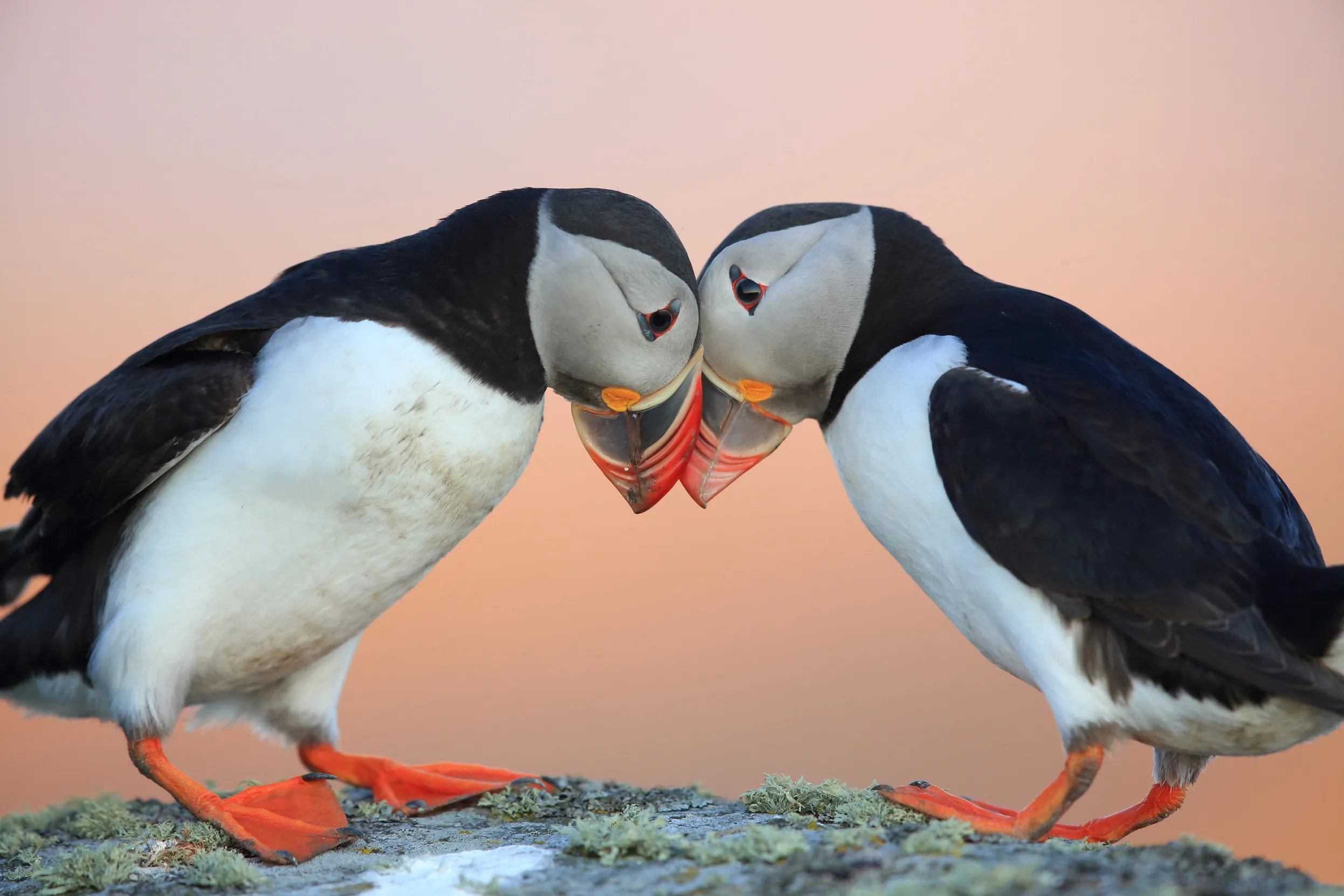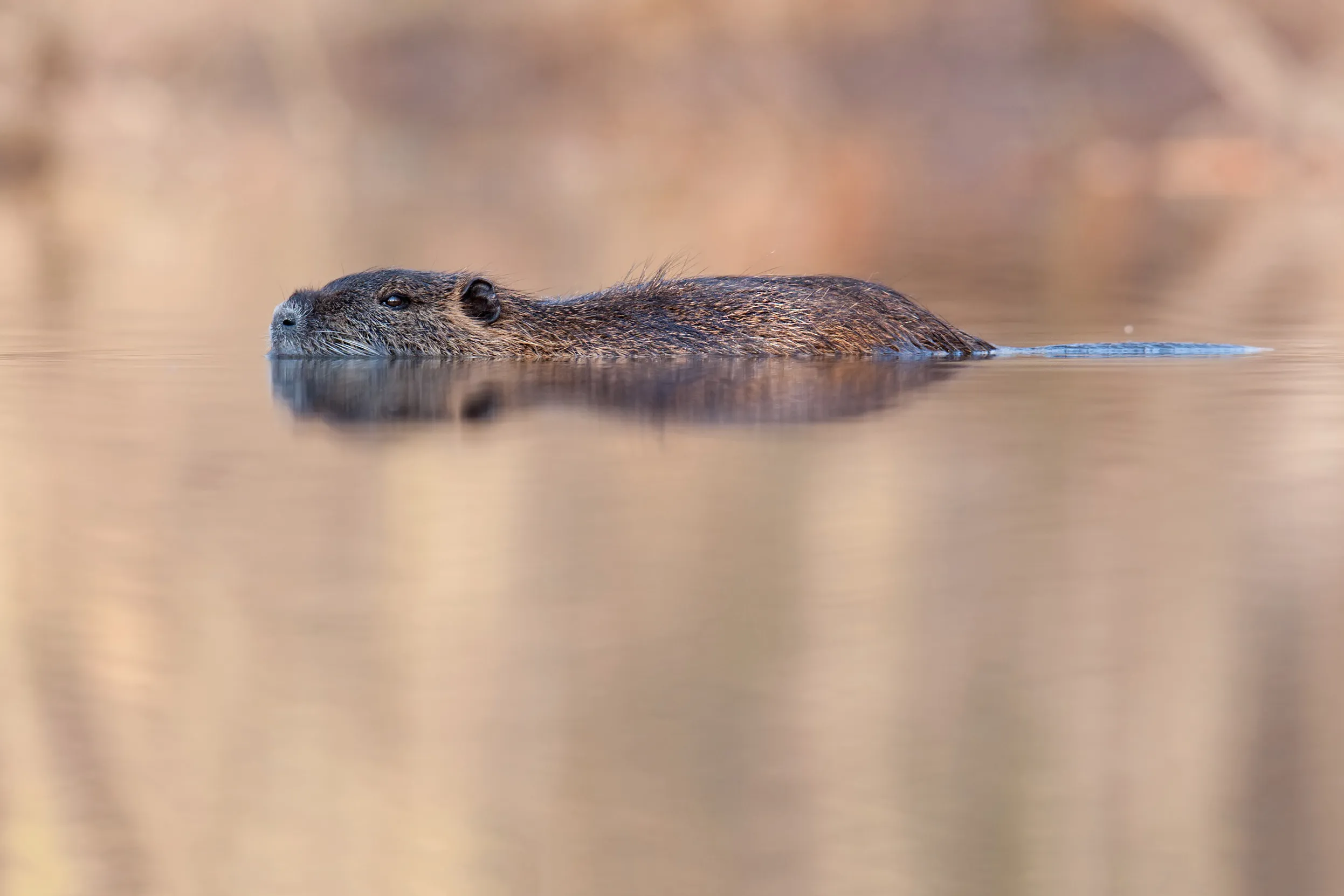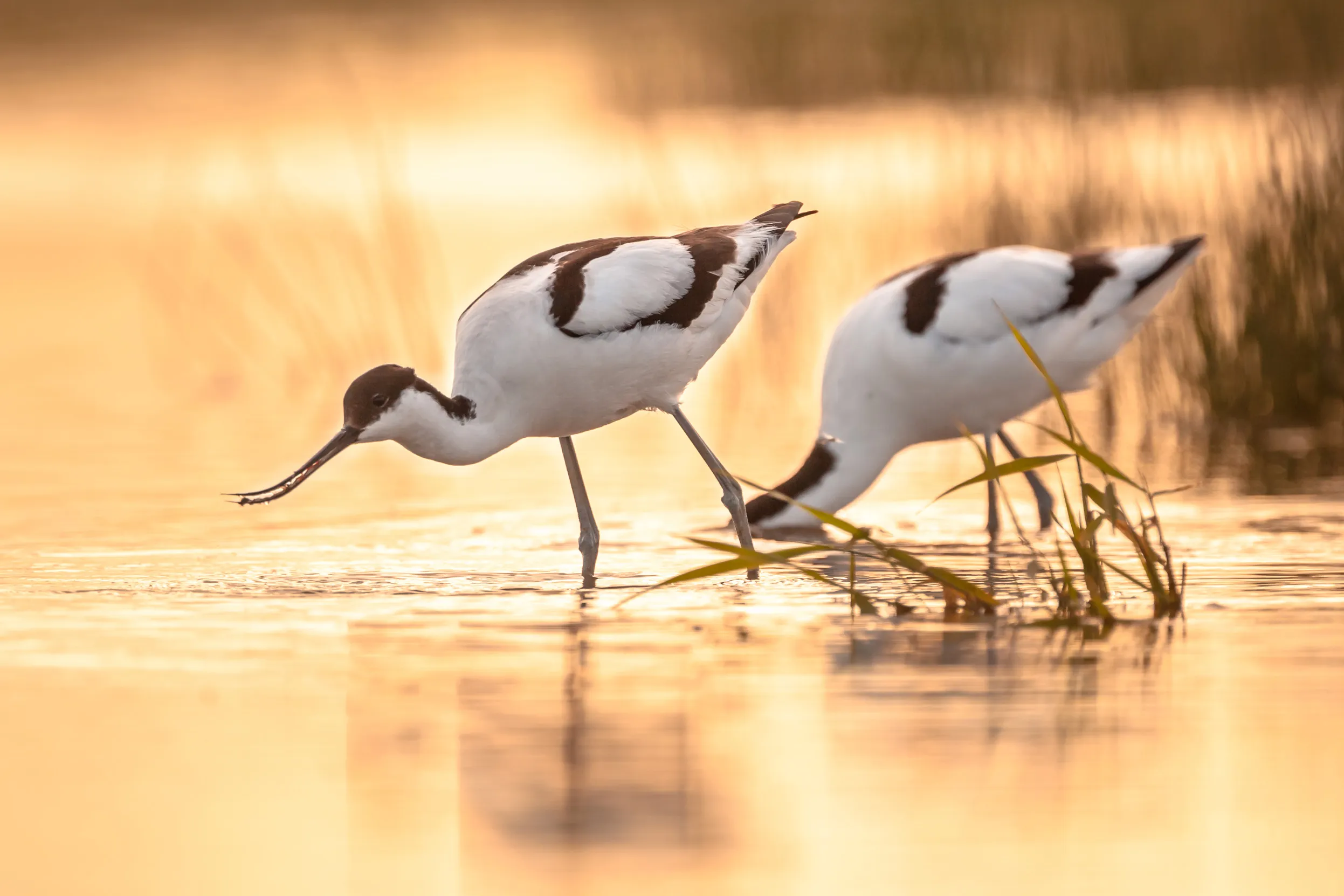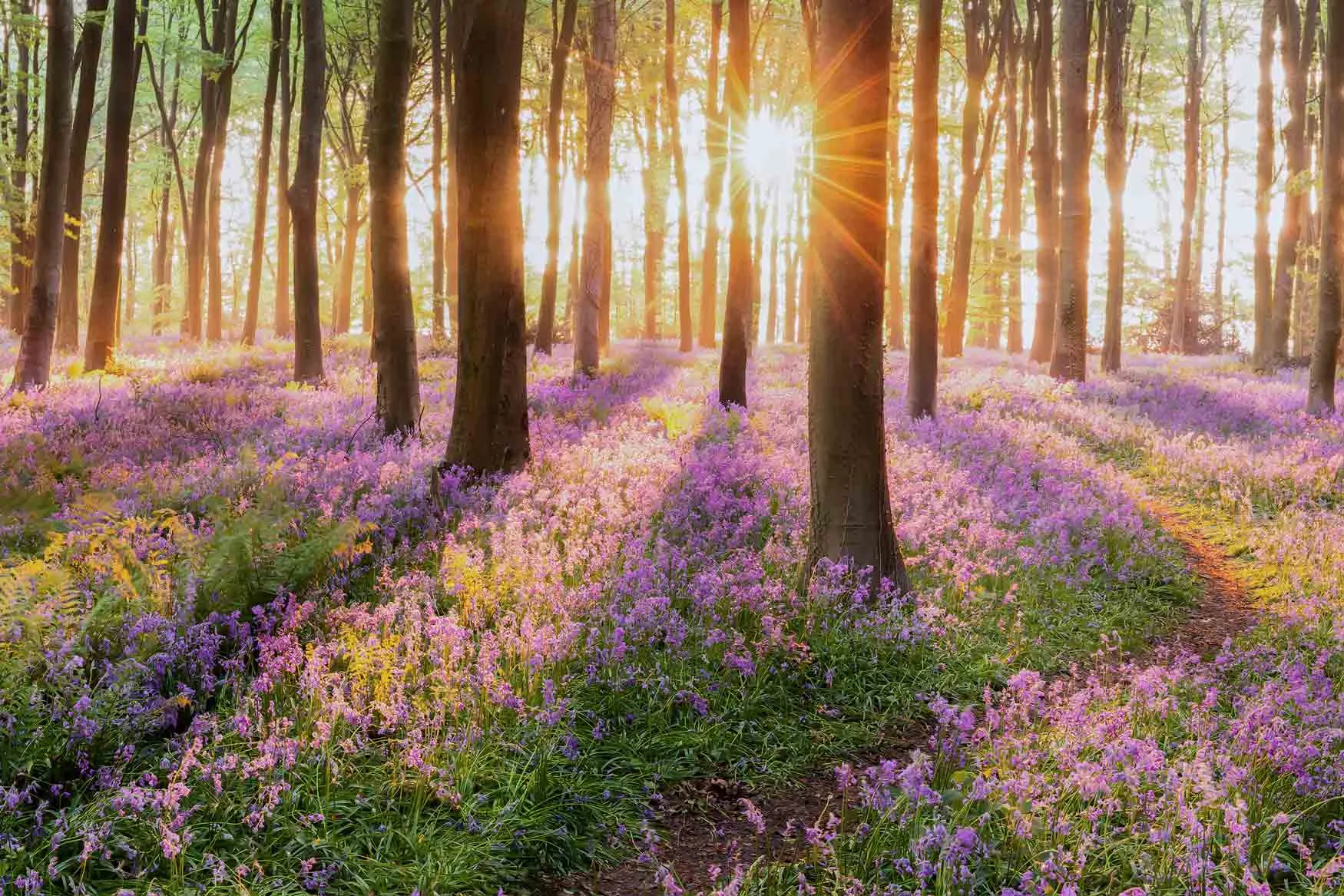News
Win tickets to see the Wild Isles Live Tour
One winner will receive a pair of tickets to join Alastair Fothergill, Wild Isles producer, for an inspiring evening of ...
There’s been a lot of talk about COP in the news. It can get a little confusing. So, what does COP mean, what’s the difference between them, and why does it matter for biodiversity and climate? Let’s dive in.

There are two different global conferences that we call ‘COP’ (because their full titles aren’t too catchy). Put simply, no matter what number follows ‘COP’, it’s a meeting that leaders, negotiators, scientists and NGOs attend to discuss the future of all life on earth… but let’s break that down a bit.
Also known as: Conference of the Parties to the United Nations Framework Convention on Climate Change. (See what we mean? Not too catchy).
What was COP27 about? This meeting was all about climate change and was the 27th summit (COP26 was held in 2021, in Glasgow). The talks focused on tackling the climate crisis and addressing its impacts. The summit included a series of themed days, of which the Biodiversity Day took place on November 16th.
When was COP27? 6 – 18 November 2022.
Where was COP27 held? COP27 being held? Sharm-el-Sheik, Egypt, Africa.
Also known as: Conference of the Parties to the United Nations Convention on Biological Diversity. (You’ll notice we use ‘CBD’ to differentiate between the two COPs).
What was COP15 about? This meeting focused on the biodiversity crisis and how to reverse the loss of nature. The 15th summit should have taken place in 2020 but the pandemic and slow and difficult negotiations hampered progress, instead taking place in 2022.
When was CBD COP15? 7 – 19 December 2022.
Where was CBD COP15 being held? Montreal, Canada.

Even though these COPs have separate focuses, the climate and nature crises can’t be separated:

With nature’s help, we can tackle the climate crisis. Going forward, if we protect and restore it, nature will be an important ally. The science is clear: we need to successfully protect wildlife to tackle the climate crisis, and vice versa.
At COP27, we needed urgent action. We called on our leaders to:
Countries made welcome progress in agreeing:

At COP15, we needed countries to adopt a new ‘Global Biodiversity Framework’ to plan how they can work together to halt and reverse the loss of biodiversity before 2030.
COP15 was a success! After many long negotiations, delegates from around the world came together to adopt a global framework for nature’s recovery, known as the Kunming-Montreal Global Biodiversity Framework. This is a brilliant news.
Following the UK Government Attack on Nature, the framework will serve as a strong foundation for real action for nature and help us to harness nature in the climate crisis. But now is the time for action – not just promises. So, we’ve put together seven steps we need to see from the UK Government.